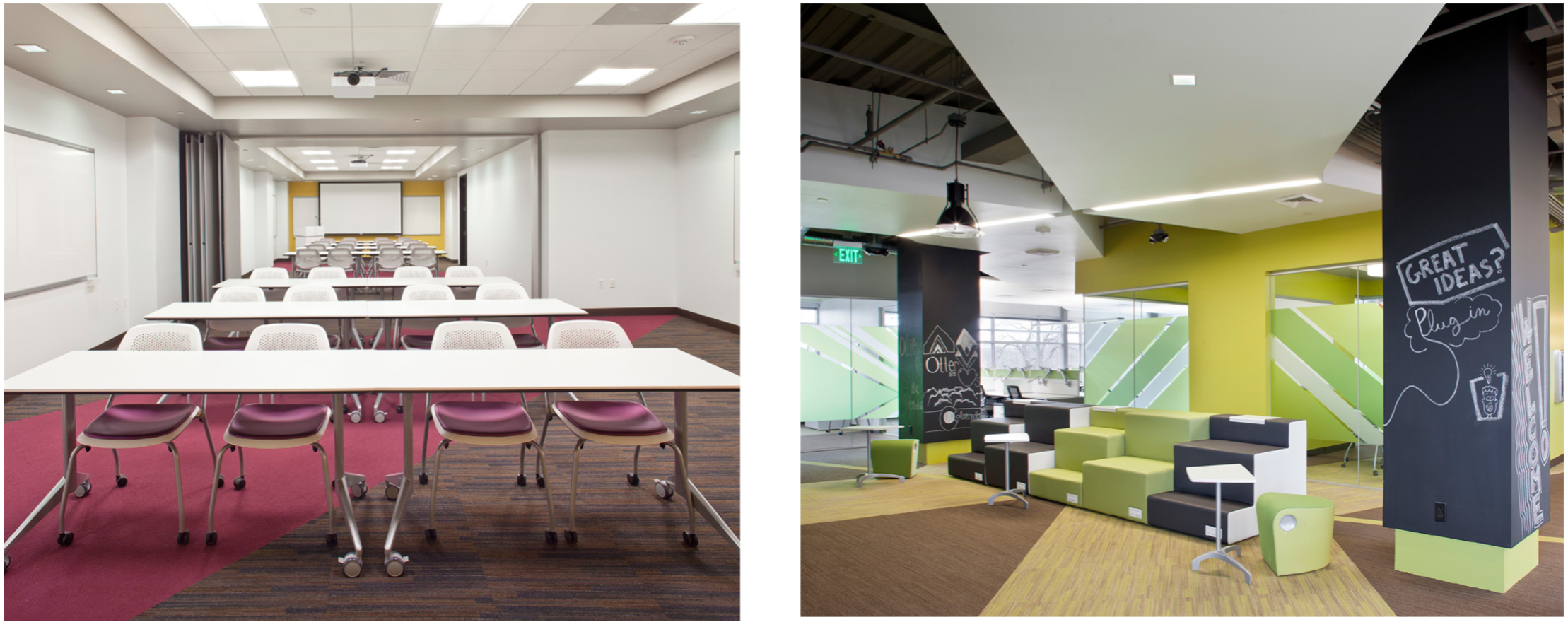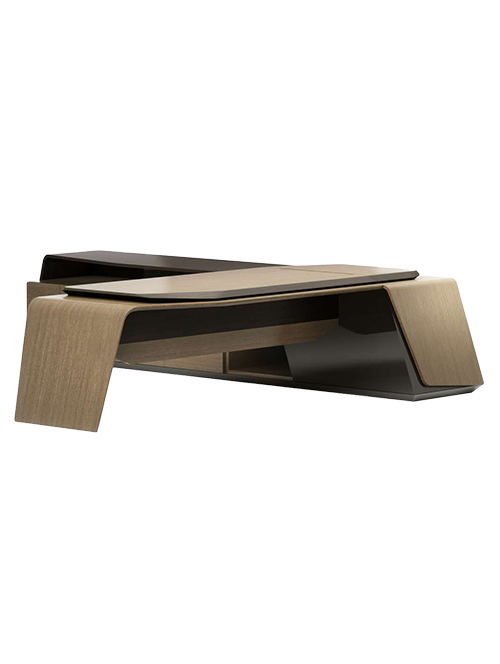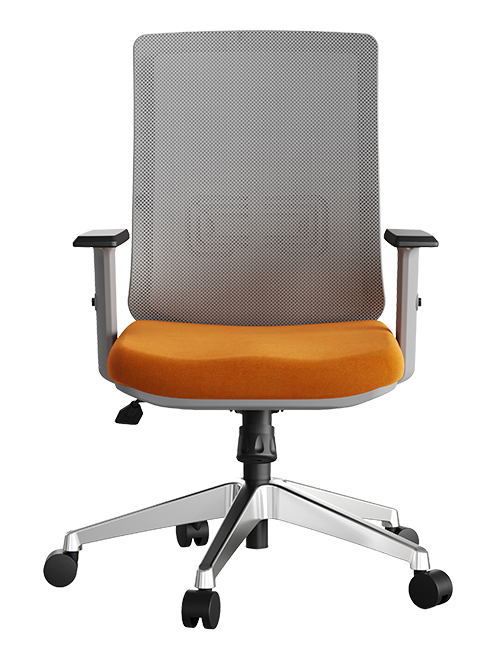Effective Color Use in Workspaces
We have a long history with color.
Color was used in ancient civilizations before the power of color was truly understood. It was used to evoke emotions, aid in spiritual practices, and even as a medical intervention. In the 1660’s, Isaac Newton shed light on the mysteries of color and began to explore color as a therapeutic tool. In 1810, the work of Johann Wolfgang von Goethe titled The Theory of Colors began identifying the link between colors and emotions. Today, in brand development and marketing, we select specific colors to intentionally influence a customer’s perception of the brand.
We have long understood the impacts of color on human physiology and actions. Color can be used to calm us in stressful situations, promote concentration and creativity, and enhance performance. Understanding color can help us tailor work environments to suit the needs of individuals within the workplace.
Color Psychology
Color psychology is the study of how colors affect our emotions, decisions, and behaviors. It provides a lens to how color plays a role in our moods and wellness. Color has been shown to have the capacity to alter our brain waves, heart rate, and hormones thereby influencing our mental and physical states.
As a result of these effects, we are seeing the application of color psychology grow within workplace design. Understanding the effects of color helps us determine which colors to apply in the workplace to foster better work relationships.


Given the impact color has on our moods, emotions, and behaviors, color selection is not solely an aesthetic consideration. Science suggests the following reactions to the subsequent colors:
Red emotes excitement, energy, passion, courage, and attention. Its primary uses are to stimulate, create urgency, draw attention, suggest caution, and encourage.
- Applications: Entertainment, food, sports, fire protection, and children’s products.
Orange emotes optimism, independence, adventure, creativity, and fun. Its primary uses are to stimulate activity and appetite, encourage socialization, communicate fun, draw attention, express freedom, and captivate.
- Applications: Art, entertainment, food, sports, and transportation.
Yellow emotes enthusiasm, opportunity, spontaneity, happiness, compassion, love, admiration, and positivity. Its primary uses are to stimulate, encourage communication, promote awareness, energize, positively affect mood, provide a sense of protection from anxiety, and motivate action.
- Applications: Food, sports, transportation, travel, and leisure.
Green emotes growth, harmony, fertility, kindness, dependability, safety, stability, and balance. Its primary uses are to restore energy, promote growth, nurture, rejuvenate, promote physical and mental relaxation, dissuade depression, deter nervousness and anxiety, and inspire.
- Applications: Leisure, entertainment, education, banking, real estate, farming, and nonprofit.
Blue emotes freedom, self-expression, trustworthiness, wisdom, joy, responsibility, honesty, loyalty, and inner security. Its primary uses are to inspire trust, suggest precision, communicate consciousness, stimulate productivity, reduce stress, create calmness, and create a sense of order.
- Applications: Entertainment, communication, children’s products, technology, aerospace, security, finance, healthcare, and accounting.
Violet emotes imagination, spirituality, compassion, sensitivity, and mystery. Its primary uses are to encourage creativity, inspire, combine wisdom and power, create the impression of luxury, and suggest intuition.
- Applications: Humanitarianism and religion.
Brown emotes reliability, stability, honesty, comfort, and natural properties. Its primary uses are to stabilize, imply common sense, suppress emotions, and create warmth.
- Applications: Agriculture, construction, transportation, legal, and food.Grey emotes neutrality, practicality, conservativeness, a formal or reserved state of being, and quietness. Its primary uses are to create a sense of composure, decrease energy, associate timelessness, and communicate maturation.
- Applications: All industries in combination with other colors.
Black emotes power, control, authority, discipline, elegance, and a sense of potential and possibility. Its primary uses are to create an association with mystery, regulate emotions, intimidate, radiate authority, and create fear.
- Applications: All industries in combination with other colors.
White emotes purification of thoughts and actions. Its primary uses are to aid mental clarity, enable fresh beginnings, and encourage individuals to clear clutter or obstacles.
- Applications: All industries in combination with other colors.
The color-influenced alterations in our psychological and physiological states highlight how important it is to consider where color is used in applications. Thinking about the type of work that will take place in a specific space can help guide the use of color.



